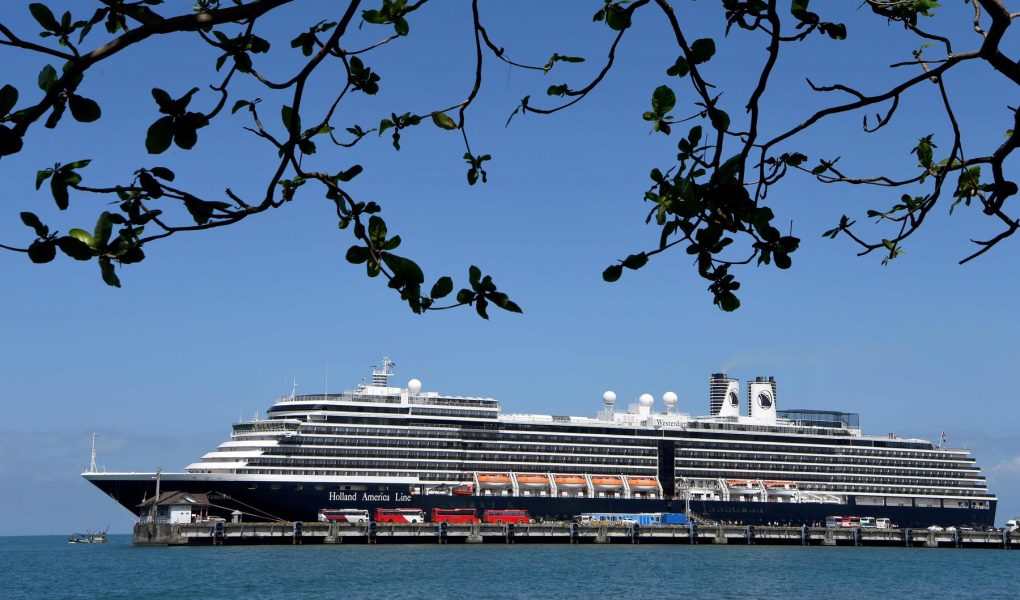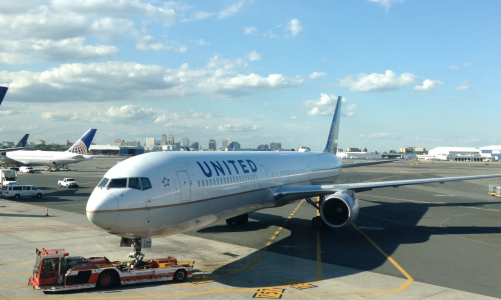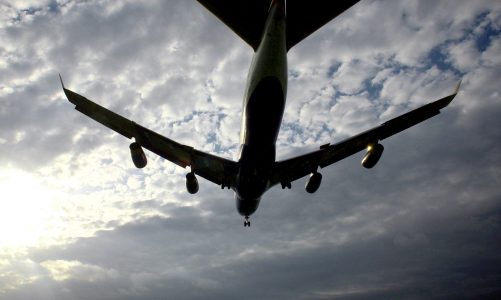When will it really be safe to sail again? Until cruise operators can provide a more definitive answer to their anxious but vulnerable customers, they could also be rearranging the hammocks on another famous and doomed ocean liner.
Cruise companies hit by the pandemic, bleeding in cash and desperate to bring passengers back to their ships, this month have touted new efforts to define post-coronavirus health and safety standards. “We will navigate when we consider that we will honor our commitment to operating in the best interest of public health,” Carnival Corp. CEO Arnold Donald told analysts during a conference call last week.
In Germany, that could happen next month. Carnival plans to bring passengers back aboard three of its German AIDA ships in August and hopes to be able to resume operations in Italy thereafter. But in the United States, home to more than half of all cruise ship customers, the functional headquarters of major cruise companies, and a country where COVID-19 cases are on the rise again, Carnival and its competitors will remain anchored to the less late. . September and possibly more.
The timing of resuming operations in the United States will be “largely determined not only by health authorities, but also by the level of comfort and acceptance of society with social gatherings,” Carnival spokesman Roger Frizzell said. to Fortune.
Now, industry efforts to reassure customers about cruise ship safety must overcome internal conflicts as companies diverge on how to establish safe practices, as well as increased external scrutiny of their track record. Only Carnival, the world’s largest cruise company, faces government investigations in multiple countries, as well as lawsuits from passengers about how it handled the early days of COVID-19.
“Many of the people on these ships were loyal cruisers. They trusted these companies to protect them and put their safety before corporate profits, ”says Mark Chalos, a partner at the Lieff Cabraser law firm, which represents about 100 passengers suing Carnival.
The lawsuits his firm has filed, including four class action lawsuits, allege personal injury and wrongful death after clients contracted COVID-19 aboard Carnival-owned ships, including the Grand Princess. Overall, the company faces at least seven class action lawsuits, as well as individual claims from more than 100 former passengers, according to a regulatory document Friday. (Some of the individual lawsuits, alleging emotional harm inflicted by possible exposure to COVID-19, were dismissed by a California federal judge this week.)
Carnival believes the class action lawsuits are “unfounded” and is “taking appropriate steps” to defend against them and the individual lawsuits, the company said in its filing. Frizzell adds that “the health, safety and well-being of our guests and crew” is a top priority for Carnival.
At least 95 people have died from cruise-related COVID-19 cases, according to a Miami Herald analysis. And nearly 3,000 people developed confirmed or suspected cases of COVID-19 aboard cruise ships in US waters between March 1 and June 23, according to data from the US Centers for Disease Control. last month.
Carnival was hit hardest by these outbreaks, with people getting sick on 47 of its ships, according to CDC data cited by the Times. The company has been under scrutiny since the early days of the pandemic, when several of its ships, including the Diamond Princess and the Grand Princess, harbored large outbreaks.
Both Carnival and the Cruise Lines International Association (CLIA), the industry’s trade group, question the CDC’s counting methodology, which includes “suspected” cases of coronavirus. They argue that only confirmed cases of positive tests should be counted. Frizzell says that “only a small percentage” of Carnival’s 105 ships had customers tested for COVID-19, while CLIA spokesperson Bari Golin-Blaugrund says passengers on 48 ships tested positive. of COVID-19, out of a total of nearly 280 cruise ships in operation during that period.
But there is no accurate data on the early spread of COVID-19. Widespread testing was largely unavailable to Americans during the early days of the pandemic and is not yet at the level recommended by public health authorities.
The industry already seems to be making some of those changes on its own. Last week, Royal Caribbean and Norwegian Cruise Line Holdings announced that they had hired a number of senior public health experts to advise them on the new “healthy sailing” standards. Their joint effort, backed by CLIA, promised to make its future findings and guidance “open source” for all cruise companies, but did not include Carnival, which is hosting a separate group of public health experts to speak at an event. next week. .
“I don’t think health and safety should be a matter of competence … I am not a supporter of that. It doesn’t make sense to me, ”says James Ferrara, co-founder and president of the InteleTravel travel agent network, which gets about 40% of its business from the cruise industry.
Despite these seemingly painful efforts, neither the cruise company nor its business group will acknowledge the potential conflict created by designating two separate groups to create safety standards. “Our cruise line members agree that health and safety should not be, and is not, a matter of competition,” CLIA’s Golin-Blaugrund says via email.
“We don’t see it as a health and safety competition at all,” a Royal Caribbean spokesperson told Fortune, in a joint call with his Norwegian counterpart. “This was a case where we thought we could go further and faster by coming together, while still managing to keep everyone else in the industry included.”
“No one wants to compete on health or safety … and we are all working collectively,” Carnival CEO Donald said last week, adding that the company is “working diligently to determine which enhancements to our existing protocols will best serve customers. interests of customers. of the public “. Health.”




